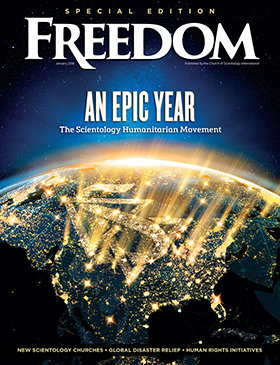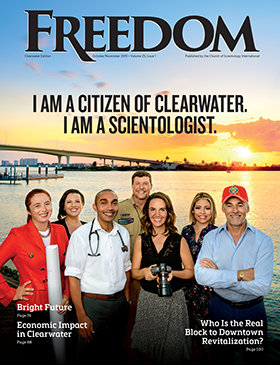
It was a comeback like no other in hurricane history: from an insignificant tropical wave sighted off the African coast on August 13, Harvey grew into the strongest hurricane to hit Texas in 56 years. The great wet beast kept moving, spewing ever-stronger winds and sharp rains across the Windward Islands only to suffer mortal wounds (or so weather forecasters thought) by wind shear on August 18. Finding new power as it stalled in the Bay of Campeche, Harvey shrieked to hurricane force six days later.

When Harvey hit Rockport, Texas, August 26, he was a full blast Category 4 with winds of 130 mph, pulling grandfather oaks from the earth and hurling mobile homes sideways through the air. The storm stalled for days, just inland, releasing historic precipitation, fueling down after a final landfall on August 30 near Cameron, Louisiana. The lead VM on the ground described Harvey’s wrath in a report: “Trailers on top of trees, telephones down for miles. Flooded roads. No power—the place is dark.”


In the days to follow, over 480 VMs from across the U.S. converged in Austin. As teams arrived, they filled vehicles with relief supplies and deployed to Rockport, Houston, Corpus Christi and other coastal towns drowning from Harvey’s wrath. The VMs lived up to their reputation for arriving at a disaster, putting order into chaos and getting on with what needs to be done: they repaired buildings, rebuilt damaged homes, fed the hungry, rescued the stranded—all with the mission “Something can be done about it.” They were honored in a ceremony by U.S. Congressman Blake Farenthold, Rockport Mayor Charles Wax, Fulton Mayor Jimmy Kendrick and Aransas County Judge C.H. Mills, Jr.
Teams of VMs remain in Southeast Texas, helping to rebuild.














































